What are Powder Blends?
Powder blends, tablets, and capsules are various dose formats suggested to provide easy and diverse alternatives for dietary supplements. Powder blends are combinations of multiple ingredients that have been finely pulverised. They are intended to provide convenient and adaptable solutions for dietary supplements. They are comprised up of one or more nutrients and cater to certain health requirements. In order to enhance palatability, an intricate flavouring system is utilised to cover up any unfavourable tastes. Powder mixtures readily dissolve in water, allowing for rapid nutritional absorption.
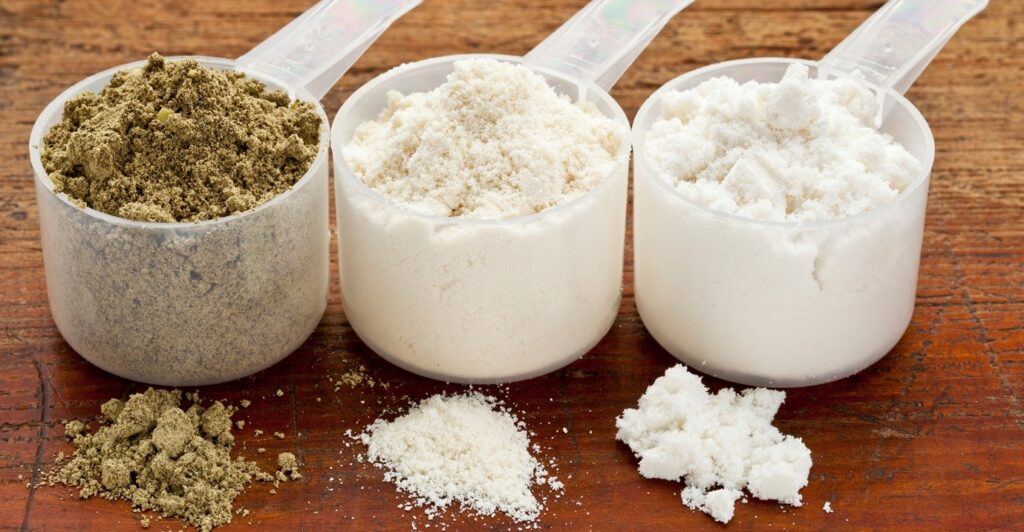
How Powder Blends are processed?
Manufacturing powder blends includes multiple procedures to ensure precise formulation and excellent quality of the finished product is maintained. The process for developing powder blends is as follows:
- Developing the Formulation: The first stage in manufacturing powder blends is to develop the formulation. In order to obtain the required dietary content and health advantages, specific elements and their associated percentages are chosen. The recipe is meticulously created based on scientific study, nutritional needs, and consumer demand. Sourcing premium ingredients is the next stage after the formulation is complete. Based on their potency, purity, and compatibility with the designed blend, raw ingredients are identified. The ingredients must comply with strict quality requirements and be free of impurities.
- Pre-screening: To guarantee ideal an even distribution and particle size, some raw ingredients may need to be pre-processed before blending. Pre-processing procedures may include grinding, milling, or screening to create a uniform particle size distribution, which provides the uniformity of the final product.
- Blending: The pre-processed components are then precisely measured are added to a blender. The blending procedure is crucial because it will make sure that uniformity of the powder blend is maintained throughout the blend. The machine then, is outfitted with agitators or paddles to enable complete mixing, resulting in a uniform mixture.
- Excipients: To boost taste and palatability, an intricate flavour system is added to the blend. The method uses artificial sweeteners, acids, flavours, etc. to hide any unpleasant tastes and improve the sensory experience as a whole. Some raw minerals could have coarser surfaces that make them uncomfortable to consume. In order to solve this, gums like guar or xanthan are added to the mixture to give it a smoother texture and enhance the mouthfeel.
- Quality Control: To monitor the consistent texture and quality of the powder blend throughout the production process, strict quality control methods are put in place. Depending on the intended usage, various powder blends may need to dissolve quickly in water or other liquids. For optimal nutrient absorption, solubility is essential. To guarantee adequate solubility in varied applications, the formulation may be modified in some cases. However, to assure the finest quality product, samples are frequently tested for potency, impurities, and microbiological integrity.
- Packaging: Packaging, particularly in powder blends, is crucial for preserving the shelf life, purity, and potency. There are different packaging options available to meet the diverse client preferences and to provide simple and secure consumption. Here are a few options of packaging:
- Bottles: Bottles are a common alternative for packing powder blends, especially in bigger quantities. They offer plenty of storage capacity and are frequently built of glass or plastic. Plastic bottles are ideal for everyday usage and travel since they are lightweight and unbreakable. On the other hand, for the products that need more protection from environmental elements, glass bottles are chosen. In order to assure safety, child-resistant caps can be used, especially for mixes containing vitamins or medicines in homes with children.
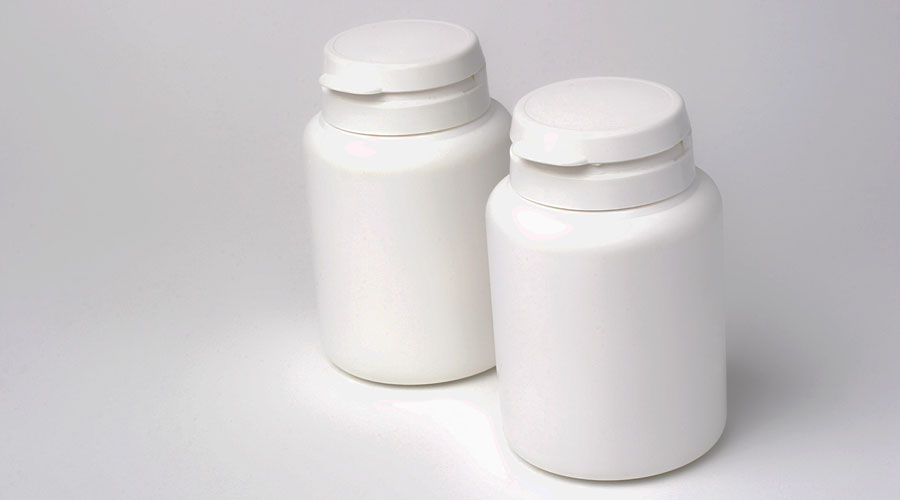
- Pouches and Sachets: Powder mixes are packaged in sachets or pouches for single or multiple servings. They are also available in a range of sizes, providing variety in usage and portions. The convenience of sachets and pouches makes them ideal for sample packs or promotions. There are resealable solutions available to keep powders fresh and reduce leaks.
- Stick packs: Stick packs are usually single-dose, elongated sachets that make it easy to use medication on the go. They are a popular option for travel and busy lifestyles as they are compact. Stick packs are pre-measured, which potentially lowers the possibility of overconsumption and ensures precise dosage.

- Canisters and Jars: Powder blends that require higher storage capacity are frequently stored in jars and canisters. They offer exceptional protection against sunlight, air, and humidity, protecting the quality and shelf life of the product. For bulk powder blends like meal substitutes or protein powders, canisters and jars are frequently utilised.
How are Powder Blends stored?
Once powder mixes have been carefully packed into different packaging, it is critical to keep them properly in order to retain their quality and efficacy until they reach customers. The lifetime and efficacy of the powder mixes depend on proper storage conditions. In order to properly store powder mixes, keep in mind the following:
Factors that may affect powder blends:
- Ideal Storage conditions: Powder blends should be kept in a cold, dry place to minimise moisture absorption clumping or deterioration. Extreme heat might cause chemical changes in the blend that may diminish its efficacy; thus it should be avoided. However, a monitored storage environment helps preserve the powder blend’s stability and efficacy over time.
- Avoid Sunlight: Powder blends may deteriorate when exposed to light, especially ultraviolet (UV) radiation, much like capsules and tablets can.
- Original Packaging: When feasible, you should keep powder blends in their original container, especially if they provide some protection against external factors.
- Airtight containers: Powder mixes should be stored in airtight containers or similar packaging to preserve their freshness and to avoid air exposure. The flavour, fragrance, and nutritious qualities of the mix are preserved when containers are tightly sealed.
- Follow Expiry dates: To guarantee proper usage and to avoid the consumption of outdated powder blends, clearly identify the storage recommendations and expiration dates on the product. Expiration dates must be followed since aged powder blends may lose strength and efficacy over time and maybe hazardous, if consumed.

What are ingredients are used in processing Powder Blends?
Powder blends are made up of a variety of compounds, each chosen for its unique dietary benefits and beneficial properties. These ingredients are chosen with care to provide a product that is effective and balanced and fulfils the required health goals. Powder blends may also include excipients, which have a variety of characteristics that improve the product’s stability, flavour, texture, and look and feel. Following are the key ingredients that are used in manufacturing powder blends:
Active Pharmaceutical Ingredients (API):
- Proteins: Various dairy protein sources, such as whey, casein, etc and plant protein sources like soy, pea, or rice protein, are commonly used in powder blends. They are necessary for physiological function, including muscle development and repair.
- Carbohydrates: Carbohydrates such as maltodextrin, dextrose, or fructose are added to powder blends as they offer energy and aid in glycogen restoration after exercise.
- Vitamins and Minerals: In order to enhance general health and wellness, powder blends usually include a range of important vitamins such as A, C, D, E, etc. and minerals like Calcium, Iron, Magnesium, etc.
- Fats: Healthy fats such as medium-chain triglycerides (MCTs), flaxseed oil, or coconut oil may be incorporated to support cell health, hormone balance, and energy generation.
- Fibers: Fiber-rich substances, such as psyllium husk or inulin, can be added to enhance gut health and bowel regularity.
- Antioxidants: To prevent oxidative stress and strengthen the body’s defence system, ingredients such as green tea extract, resveratrol, or quercetin may be incorporated to the powder blends.
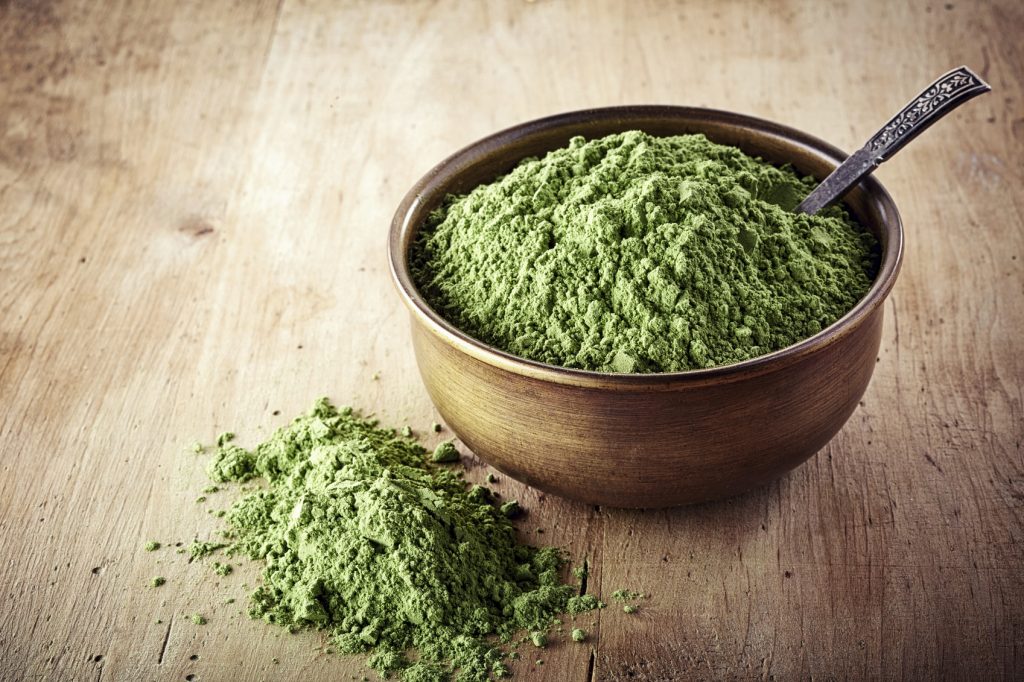
Excipients:
- Artificial Sweeteners: Artificial sweeteners are added to powder blends in order to make the taste more versatile. They contains very less or no calories. Some of the powder blends may contains Saccharin, Sucralose, Stevia and Aspartame.
- Artificial Flavors: Flavours are generally added to the powder blend to improve the flavour and make it taste better, such as citrus, berry, chocolate, and vanilla.

- Colors: Natural colours derived from sources such as annatto plant beta-carotene, or beetroot extract are used to give the powder blend a pleasing appearance.
- Anti – Caking agents: These agents, such as silicon dioxide, are added to prevent the powder blend from sticking together and guarantee its free-flowing nature.
- Acids: Acids like citric acid are used to adjust the pH of the blend, improve the flavour, and also make the blend more stable.
- Texture enhancers: texture enhancers such as xanthan gum or guar gum are used to enhance the texture and consistency of the powder blend, avoiding clumping and guaranteeing a smooth mouthfeel.
- Solubility enhancers: Ingredients such as lecithin or sunflower oil are utilised to increase the solubility of specific components in the blend, allowing easier blending with liquids.

Functional Ingredients:
- Probiotics: Some powder blends may include probiotics to help promote digestive health and strengthen immune system.
- Enzymes: Digestive enzymes such as amylase, protease, or lipase may be added to certain powder blends to improve nutritional digestion and absorption.
Comparing Powder Blends with other dosage formats.
Powder Blends, like tablets and capsules, are among the most common and adaptable dose forms in the pharmaceutical industry. They have distinct benefits and drawbacks, making them a popular alternative for pharmaceutical delivery. Let us look at the advantages and disadvantages of powder blends:
Advantages of Powder Blends:
User friendly: Powder blends are popular because of their simple and convenient ingestion style. Powders provide a useful substitute for people who have trouble swallowing tablets or capsules. Users can simply mix the powder with water, juice, or other liquids to make it easier to absorb rather than having to deal with the possible pain or challenge of swallowing big tablets. The ease of the process promotes adherence, increasing the likelihood that people will follow their supplement routine.
High Macronutrient content: Powder blends are great for providing a substantial amount of macronutrients in a single dosage, such as protein. Powders can accommodate higher dosages more easily than conventional tablets or capsules, which may have restrictions on the number of active substances they can contain. Fitness buffs, athletes, and anyone who must consume a significant number of macronutrients to suit their unique dietary demands or fitness objectives would benefit most from this.
Quicker Absorption: One of the most notable advantages of powder blends is their immediate absorption and digestion in the body. Powdered supplements are easily absorbed in the digestive system as compared to tablets or capsules, which require to dissolve before releasing their contents. Powder blends are especially useful for people who need quick nutrition delivery since the instant availability of nutrients provides quicker advantages. Quick-acting protein powders, for instance, may be useful for athletes to speed up their muscle repair process.
Potent Dosages: Powder blends have the added advantage of offering potent and efficient dosages of each source element. Powders don’t have a minimum or maximum space capacity, unlike capsules, which may have size constraints. This allows for the inclusion of greater dosages of active substances into the formulation, guaranteeing that consumers get the expected therapeutic impact. Powder blends offer a more practical alternative to obtain the required intake for some nutrients or herbal extracts with higher suggested doses. This can be important for formulations that need a lot of active ingredients to provide the intended health effects.
Customisable taste: Taste is an important aspect in supplement industry, and powder blends provide a high level of adaptability in this area. To develop an attractive taste profile for the powder blend, manufacturers might apply a complicated flavour system that includes sweeteners, colors, acids, flavours, and gums. This flavour system successfully masks any harsh or unpleasant flavours that some raw materials may have. Powder blends may also be created in a variety of flavours, including citrus, chocolate, vanilla, strawberry, etc., giving customers the freedom to select a flavour that suits their tastes. Individualised flavour can promote higher compliance, increasing the likelihood that consumers would use the supplement consistently and on a regular basis.
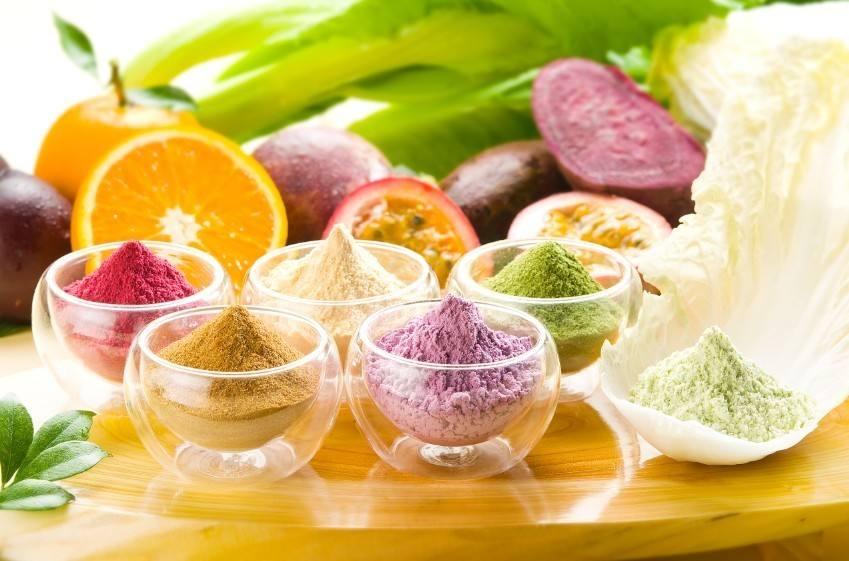
Disadvantages of Powder Blends:
Portability and convenience: Powder blends may be less convenient and practical than capsules and tablets due to the extra procedures necessary for consumption. When using powder blends, consumers need to weigh out the powder and mix it with water or other liquids before consuming, which may not be feasible when travelling or in locations with limited availability of safe water. Capsules and tablets, on the other hand, are already measured out and ready to take, making them far more accessible and easier to take anywhere without the need for further preparation.
Expensive compared to other formats: In comparison to capsules and tablets, the manufacture and packaging of powder blends might be more expensive. Powder blends are usually manufactured by formulating and blending numerous compounds, which may need the use of specialised equipment and expertise. Additionally, the cost of packing powder blends can increase, particularly when complicated formulas and flavouring systems are used to customise them. On the other hand, tablets and capsules frequently have more simplified manufacturing procedures and contain fewer excipients, making them a more economical choice.
Stability and Shelf life: Powder blends are more prone to breakdown and moisture absorption than capsules and tablets. The powder can form a clump as a result of humidity exposure or poor storage conditions, which may compromise its effectiveness and texture. A scoop or measuring spoon might accidentally introduce moisture into the powder blend, reducing its consistency and lifespan, if it is not well dried before use. On the other hand, capsules and tablets are enclosed in sealed shells so they provide superior protection against external factors and have a longer lifespan, guaranteeing the product’s efficacy over time.
Portion control: When measuring powder blends using a measuring cup or scoop, it might be difficult to keep track of the amount that is used in each serving. Inaccurate readings can result in under- or overdose, which can reduce a product’s efficacy or even have adverse consequences. Capsules and tablets, on the other hand, provide pre-measured quantities, guaranteeing reliable and constant absorption of the active ingredients.
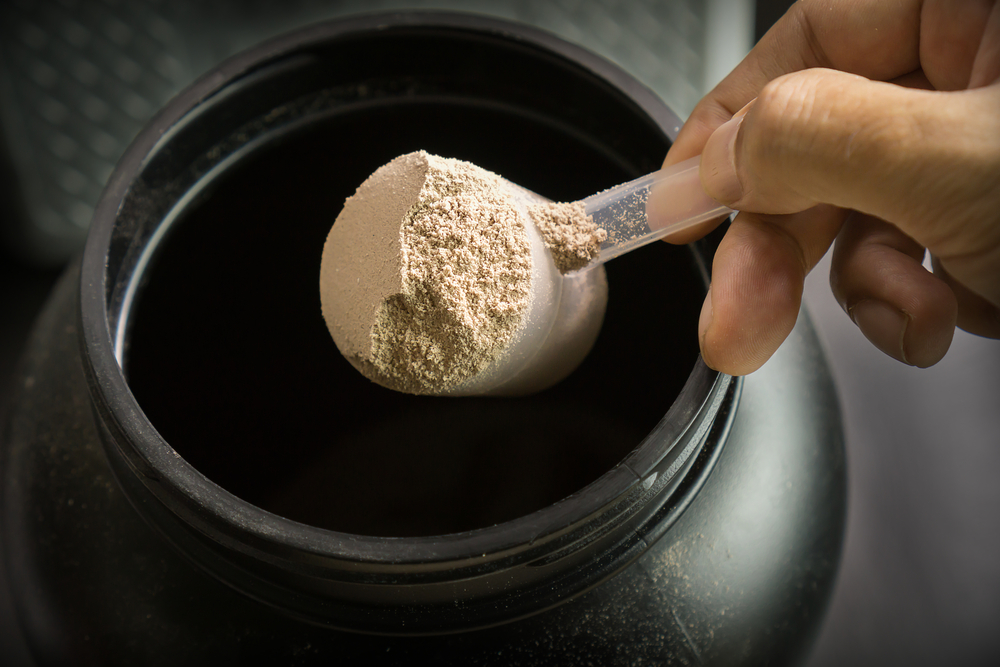
To sum up, while powder blends are more flexible and adaptable in terms of flavour and quantity than capsules and tablets, they also have certain disadvantages. When selecting the best dose format for supplements or medications, consumers must take their lifestyle, preferences, and health requirements.
Glentworth Formulations is here to suit your every need. Everything from Tablet, Capsule and Powder blends.
If you are wanting to know more information, please get in contact with us. Either using the contact form or contacting us directly on: [email protected].


